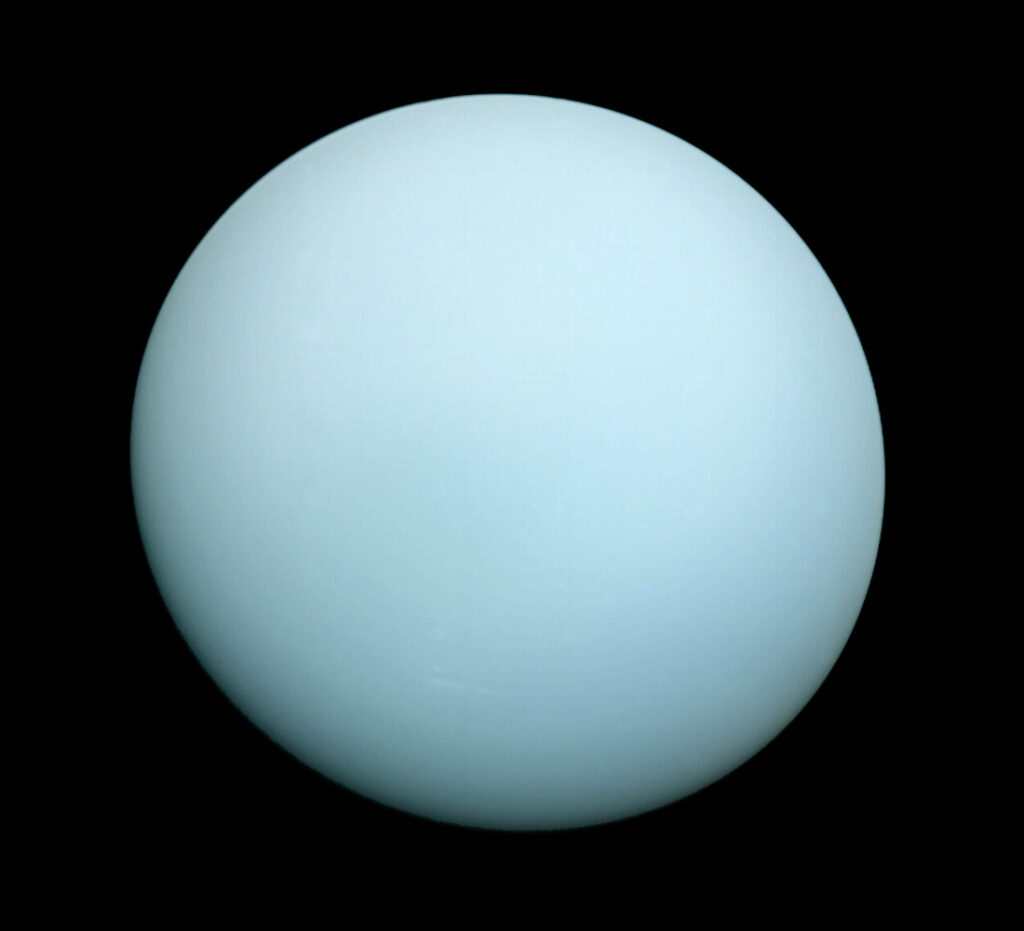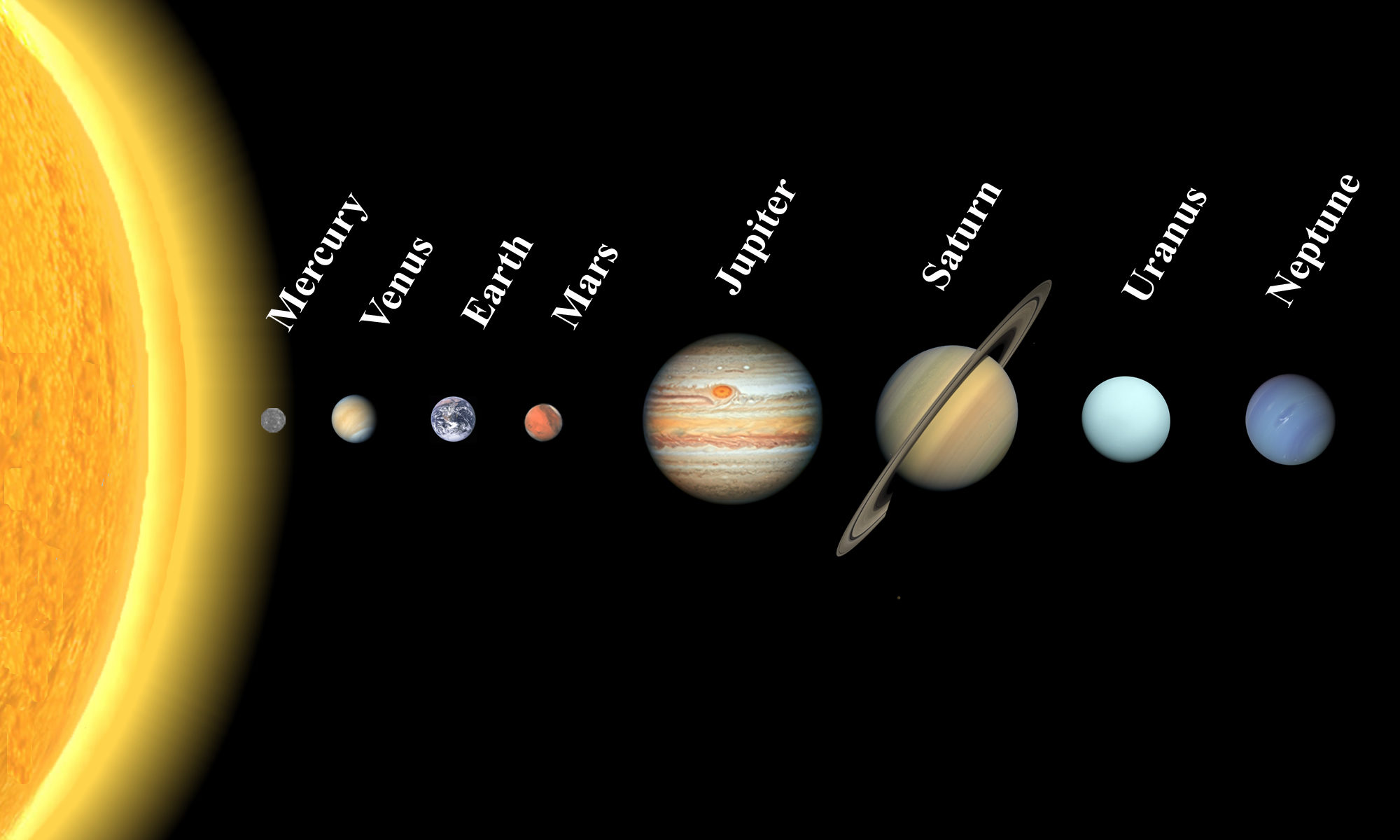Uranus, the seventh planet from the Sun, has a rich and interesting history. This mysterious planet was only discovered in 1781 by William Herschel, and it wasn’t until 1986 that humans were able to visit it! In this article, we will discuss Uranus’s history, physical characteristics, moon, planetary rings, and more!

Discovery
Uranus was only discovered in 1781 by William Herschel, and it wasn’t until 1986 that humans were able to visit it! This mysterious planet has a rich and interesting history. Herschel originally thought Uranus was a comet, but later realized it was a planet.
Uranus’s Naming
Naming a planet is no easy feat, but William Herschel managed to do it when he discovered Uranus in 1781. He originally wanted to name it Georgium Sidus, after King George III of England. However, this didn’t quite stick and eventually the planet was named after the Roman god of the sky, Uranus.
Interestingly, Uranus is one of the few planets that isn’t named after a Greek god. This is because when Herschel discovered it, it was thought to be a star or comet. It wasn’t until later that it was classified as a planet.
Diameter & Mass
Uranus is a gas giant and is the third-largest planet in our solar system. It has a diameter of 51,118 kilometers and a mass of 86.71 x 1024 kg. Uranus is unique in that it rotates on its side, meaning that it’s north and south poles are actually where most other planets would have their equators! This unusual tilt is thought to be the result of a collision with another planet early in its history.
Uranus’s formation and composition
Uranus is thought to have formed in the same way as the other giant planets, through the accretion of small rocks and ice particles in the solar nebula. It is mostly made of ices, including water, methane, and ammonia. The interior of Uranus is very different from that of the other giant planets. Unlike the gas giants Jupiter and Saturn, which have a layer of hydrogen and helium above a rocky core, Uranus’s interior is mostly composed of water, methane, and ammonia ices. The exact proportions of these materials are not known, but they are thought to be similar to the composition of Neptune. It has a greenish-blue color.
The temperature and climate
Uranus is a gas giant and is made up mostly of hydrogen and helium. It also has a small amount of methane. Its atmosphere is very cold, with temperatures ranging from -224 degrees Celsius at the poles to -193 degrees Celsius at the equator. This is due to the fact that it is so far away from the Sun.
Uranus has a unique climate, with strong winds and dark clouds. These conditions make it very difficult for us to observe and study this planet.
Uranus’s moon
Uranus has 27 moons, the largest of which is Titania. Miranda is another main moon of it. It is thought that Miranda may have been formed by a huge collision in Uranus’s past. This theory is supported by the fact that Miranda has a very odd shape. This small moon has a very bright surface, which is covered in strange patterns.
Neptune planetary ring system
Uranus also has a set of rings, which were discovered in 1977 by the Voyager II spacecraft. These rings are made up of dust and rocks, and are very difficult to see from Earth.
Uranus’s orbit & rotation
Uranus’s orbit is elliptical, which means it is slightly oval-shaped. It takes Uranus 84 years to go around the Sun once! And, on top of that, it rotates on its axis once every 17 hours. This means that a day on Uranus lasts for just over half of an Earth day!
Observation & Voyager visit
Despite its distance from Earth, Uranus has been studied by a number of spacecraft. In 1986, the Voyager II spacecraft became the first and only probe to visit Uranus. Since then, Uranus has been studied by the Hubble Space Telescope and other telescopes.
Since its discovery, astronomers have made many observations about Uranus. They’ve used telescopes to study its surface features, composition, and clouds. They’ve also monitored Uranus’s radio emissions and measured the planet’s magnetic field. In 2007, scientists discovered that Uranus has two sets of rings! These rings are very faint and difficult to see.
Conclusion
Uranus is a fascinating planet with a rich history. We hope that this article has helped you learn more about this mysterious world! Do you have any questions about Uranus that we didn’t answer in this article? Let us know in the comments below and we’ll do our best to answer them!
